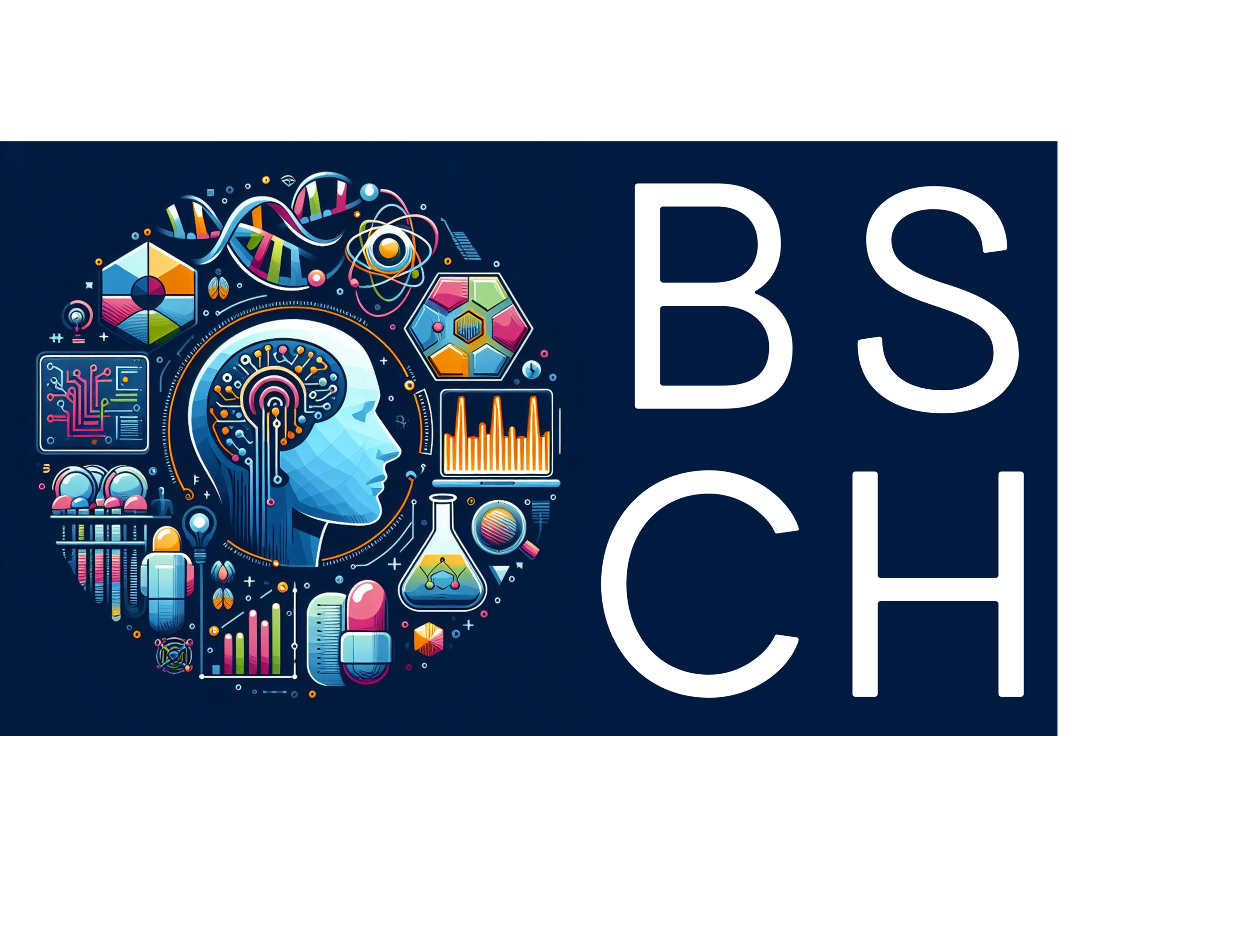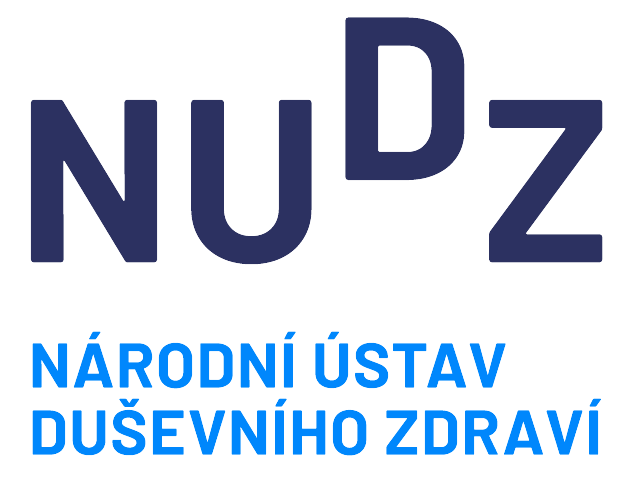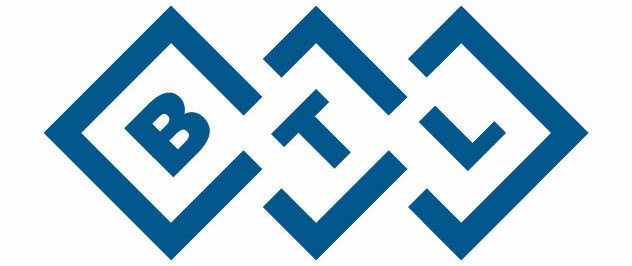Welcome to student biomedical competition
Biosignal Challenge 2024
on apnoe detection from polysomnographic signals
Why to participate in this competition?

Great experience
Have fun while coding state-of-the-art algorithms with your friends and compete with other students.

High-value prizes
Sponsors donated valuable prizes for the best teams. Program the best algorithm and win 15.000 Kč.
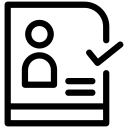
Upgrade your CV
Good placement in this competition can be a foundation for interest of renowned companies in your abilities.
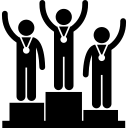
Awards ceremony
Enjoy a pleasant ceremony during the last week of summer semester and chat with other competitors.
Organisational team
We are working hard to bring you an interesting MATLAB competition in biosignal processing with valuable awards. If you have any questions, contact us at bsch@fel.cvut.cz.

Roman Čmejla
Founder of the biomedical signal processing group and professor at FEE CTU, he specializes in analysis and processing of speech signals
Roman is repsonsible for fundraising and overall management of the competition.
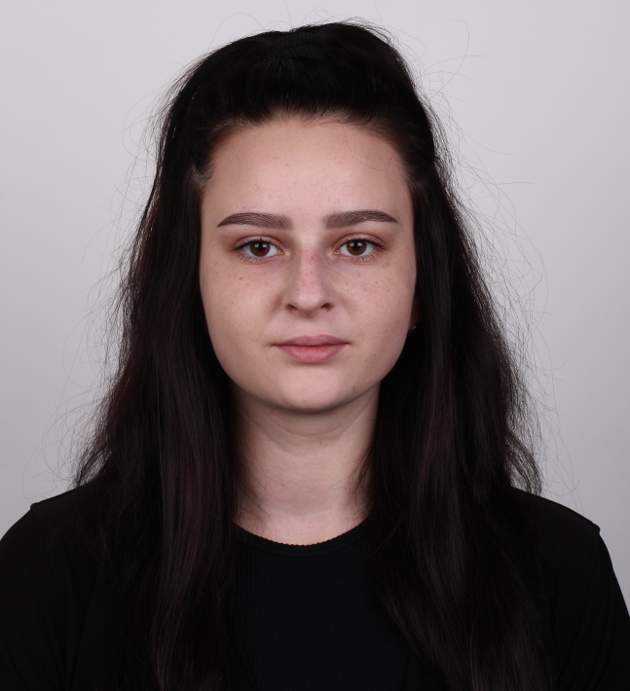
Ivana Chrtková
Ph.D. student at the signal biomedical signal processing group, she specializes in preclinical models of mental disorders and electric organ discharge analysis
Ivča is responsible for data preparation and coordination with National Institute of Mental Health (NIMH). She also prepares the scripts for accuracy computation.
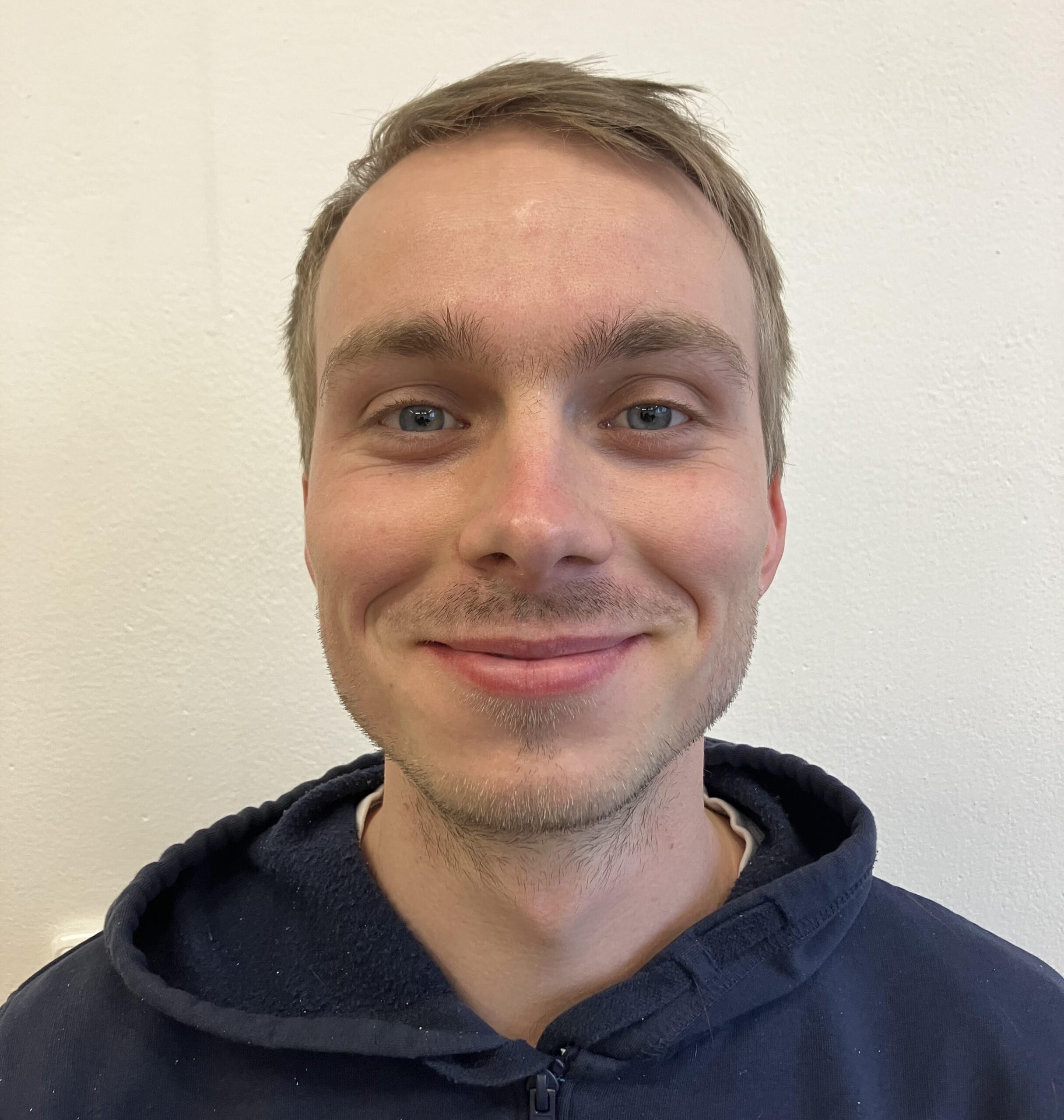
Filip Šlapal
Ph.D. student at the signal biomedical signal processing group, he specializes in facial video processing and biosignal processing
Filip is responsible for the competition web page and also prepares the scripts for accuracy computation with Ivča.
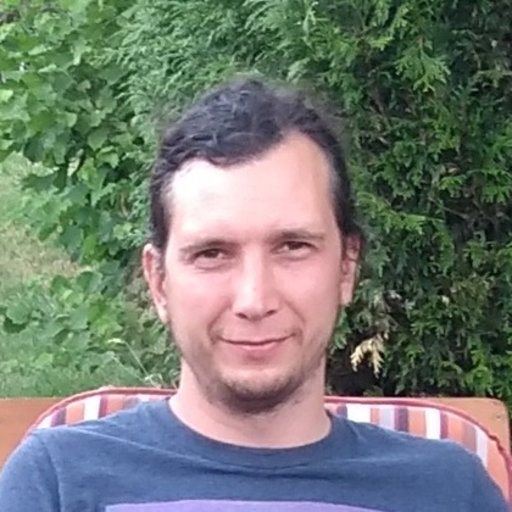
Vlastimil Koudelka
Researcher at NÚDZ, he specializes in high density EEG processing.
Vlasta is a supervisor and main organizator from NIMH. He is also responsible for preparing evaluation metrics.
Previous events
2024
Detection of sleep apnea
2020
Detection of syllables in childrens’ speech
2019
Detection and localization of epileptic seizure onset zones
2018
Detection of Parkinson’s from speech
2017
Detection of epileptic microseizures
